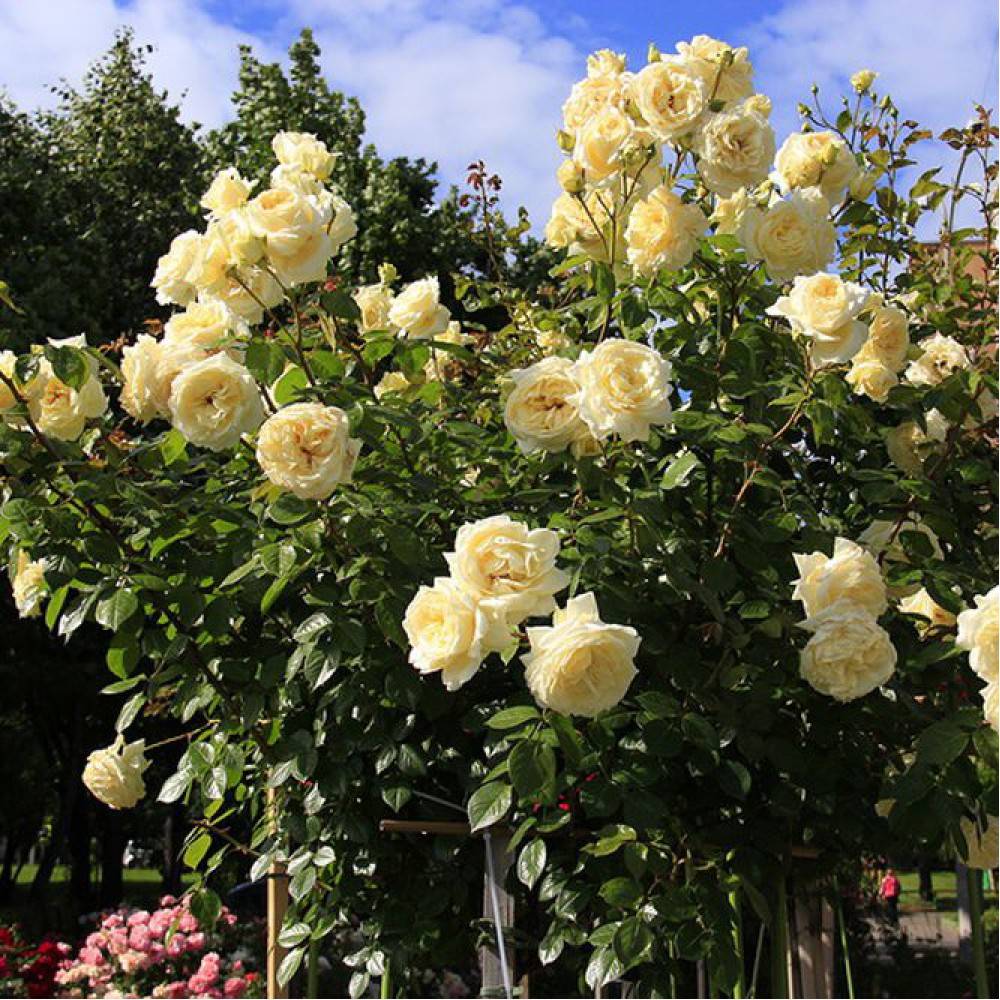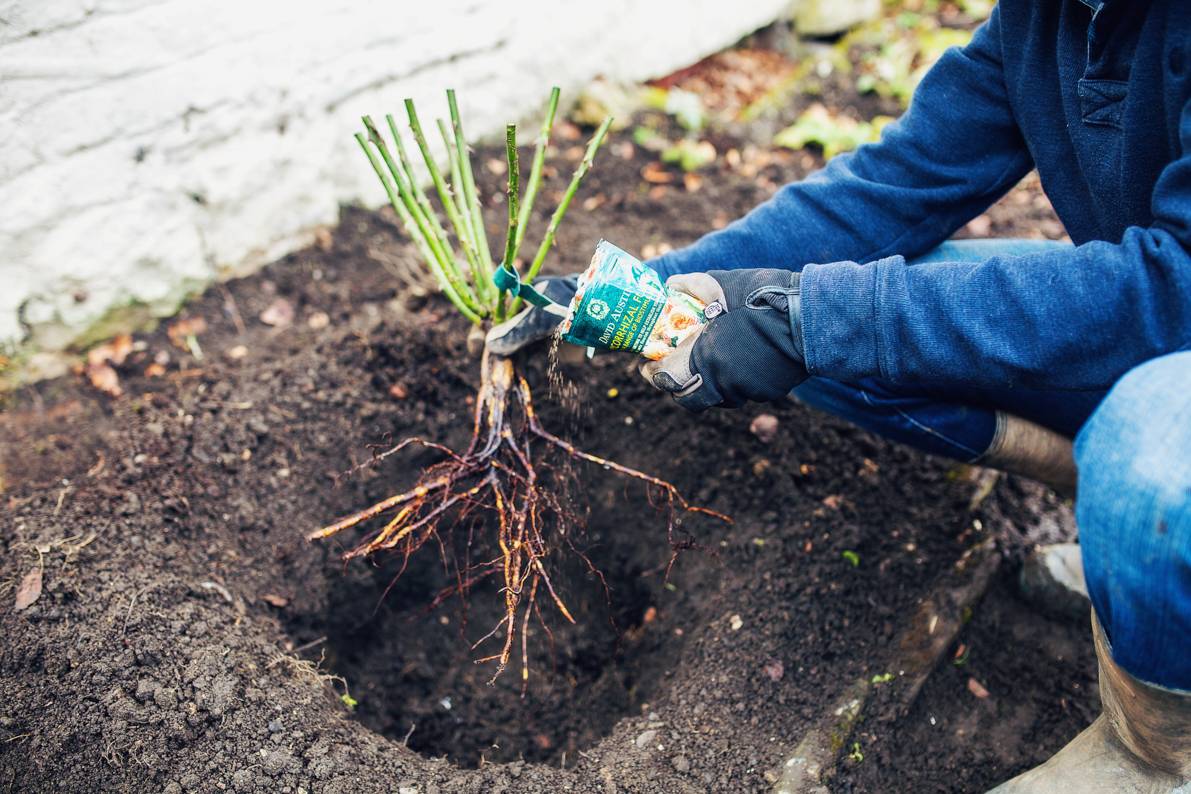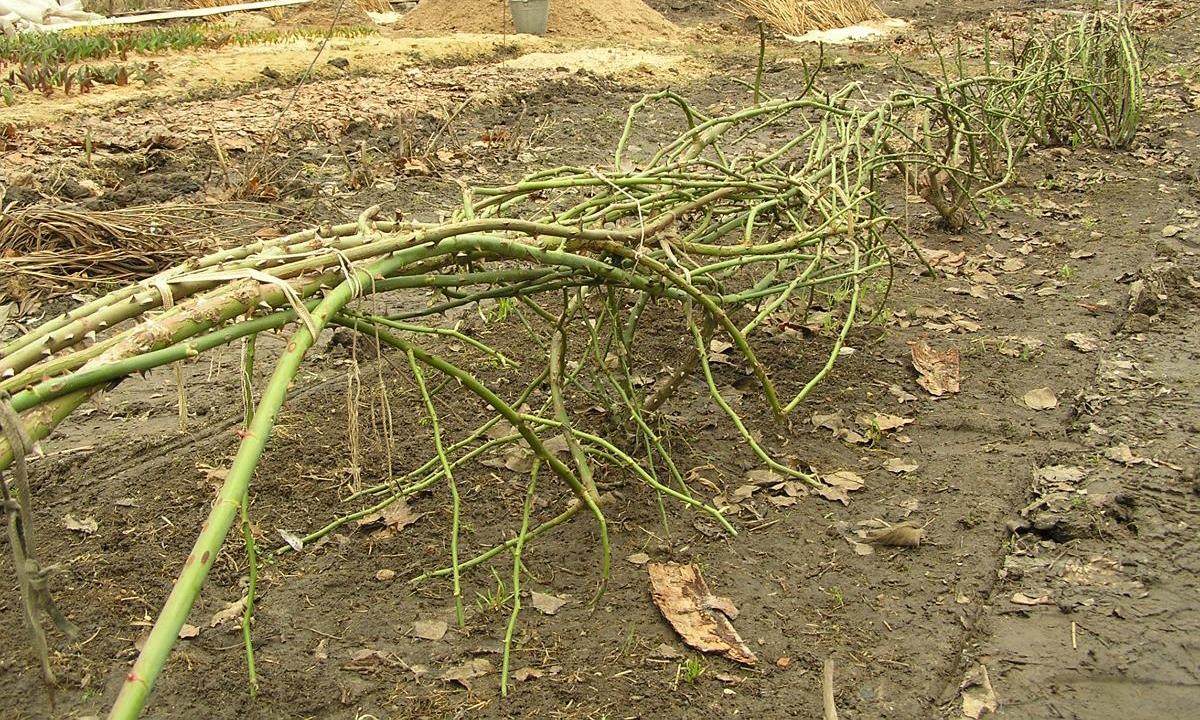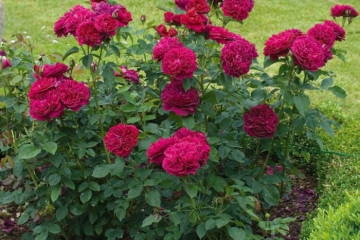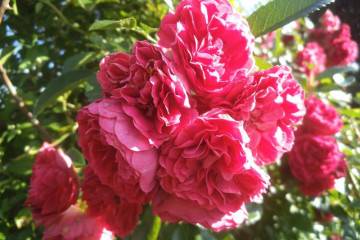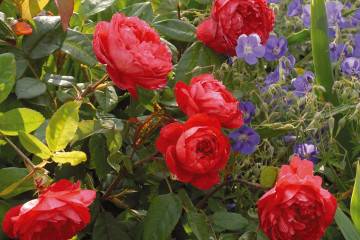Rose Elf (Elfe) - description of the variety and its features
Content:
Rose is rightfully considered the queen of flowers. Among the variety of varieties, it can be difficult to decide on the selection of the right one. For example, you can stop your choice on the Elf rose hybrid.
Rose Elf (Elfe) - what is this variety, history of creation
Rose Elf was bred in Germany in 2000 as part of the Nostalgic Roses series. The well-known German company Tantau was engaged in the selection of this hybrid.
A brief description of the climbing rose Elf
The Elf rose variety belongs to climbing. Shoots grow up to 2.7 m in length. In diameter, the bush grows up to 1.5 m. The blossoming inflorescences have a white-cream shade. The aroma is weak, unobtrusive. One shoot blooms 1-3 flowers. The blossoming buds are from 7 to 18 cm in diameter. Climbing Rose Elf blooms almost all summer.
Advantages and disadvantages of the variety
Despite its beauty, the Elfe rose has not only advantages but also disadvantages.
The advantages of the variety:
- lush bushes;
- abundant flowering;
- large flowers;
- high resistance to powdery mildew and black spot;
- flowering duration.
Among the disadvantages can be identified low resistance to frost. When grown in the northern regions, before the onset of cold weather, the bushes will have to be covered.
How to properly plant in open ground
The rose of this variety looks great both planted separately and in flower arrangements with other varieties of climbing roses. The hybrid is suitable for decorating gazebos, outdoor terraces and for planting as a hedge.
Before planting a climbing rose Elf, you need to decide on its future location. Only seedlings are planted in the garden. The plant is propagated by seeds only by breeders. The optimal time for planting a seedling is the second half of April-early May. The second planting period is October. In the southern regions, planting can be postponed until the end of autumn.
Location selection
The variety is light-requiring. When choosing a place, you need to take into account the fact that for abundant flowering, the sun's rays should fall on the bush most of the time. But after lunch, it is advisable that the flower is in the shade. If the sun shines on the shrub from morning to evening, the buds quickly fade. The place must be protected from drafts.
How to prepare the soil and flower for planting
Before planting seedlings, you need to prepare the soil.
Soil composition:
- sod land;
- humus;
- compost.
Compost and humus should be taken in equal parts, turf - twice as much.
Planting procedure step by step
The process of planting a seedling in open ground:
- before planting, the seedling must be soaked for several hours in a growth activator;
- dig a hole in the size of the seedling;
- carefully place the bush, straightening the root system;
- cover with soil and compact it near the base of the trunk;
- pour abundantly with warm water.
Plant care
So that the shrub does not get sick and gives abundant flowering every year, one must not forget about caring for it.
Watering rules and humidity
Warm water is suitable for irrigation. This is best done in the evening after sunset. In severe drought, the shrub is watered every day. If it rains periodically, watering is carried out as the soil dries up.
Top dressing and soil quality
You can't do without top dressing. Fertilize the soil twice a month. You need to use organic and mineral fertilizers, alternating them. The last top dressing is applied at the end of July.
Of the fertilizers, double superphosphate, complex mineral fertilizing, humus, rotted manure are used. You can also water with infusions of weeds.
Pruning and replanting
The best time to prune is in spring, when the buds are just starting to swell. First of all, dry and frozen lashes are cut. Then the tops of the shoots are trimmed. 6-7 buds are left on each lash. The rest of the stem is cut off.
The bush does not need frequent transplants. If the bush does not get sick and gives abundant flowering, it is not necessary to transplant it at all.
Features of wintering a flower
Before the onset of cold weather, the flower is spud. For hilling, it is recommended to use humus, compost or ordinary soil. The whips are removed from the support and bent to the ground. It is impossible to sharply bend the stems, especially if they are thick. So they can be easily broken. Bending is carried out gradually over several weeks.
Blooming rose
During flowering, the care of the rose is aimed at stimulating the emergence of buds. The period of activity of rose bushes falls on June-August. The rest period is all the cold season.
Care during and after flowering
Before the buds appear, the bushes need a lot of nitrogen. It stimulates the growth of lashes and the formation of buds. In the second half of the growing season, potassium and phosphorus are added to the soil. Thanks to these dressings, the inflorescences bloom longer and bloom much larger in size.
After flowering, organic fertilizers can be applied to the soil to prepare the bushes for winter. The main thing is not to add nitrogen before cold weather. It stimulates growth.
What to do if it does not bloom, possible reasons
Sometimes rose bushes stop blooming. There may be several reasons for this problem:
- lack of sunlight;
- lack of nutrients in the soil;
- diseases or pests;
- the age of the bush.
Flower propagation
There are two ways of propagation - by layering and cuttings. These methods are the simplest.
Propagation by cuttings
Cuttings are carried out in the fall. At this time, cuttings are cut, and in the spring they are planted in the ground. If green cuttings are used, rooting is done in summer.
Sequencing:
- Cut off the shoot 10 days after flowering. It should have 3-4 large buds.
- Cut the bottom off the cutting at a 45 degree angle.
- Put the cutting in a growth activator (Kornevin or Heteroauxin) for 12 hours.
- Then place the cutting in the soil and cover with a jar.
- For successful rooting, it is necessary to maintain a temperature of 22-25 degrees.
- If rooting is carried out at home during the cold season, additional lighting will be required.
- Until the cuttings take root, the jar cannot be removed.
Transplanting the cuttings to a permanent place is carried out the next year.
Reproduction by layering
The optimal time for propagation by layering is autumn. But full-fledged seedlings can only be obtained in a year.
For reproduction by layering, an adult, well-grown bush is needed. A small groove should be dug near the bush. Tilt a thick long branch into it. Cover with soil and fix it. After a while, roots and shoots will begin to appear from the buds. It will take about a year before an adult seedling grows from a bud.
Diseases, pests and ways to control them
If pests or diseases appear on the rose bushes, you need to immediately begin to fight them. Spraying the bushes with soapy water helps from insects. If the population is too large, you will have to resort to chemicals.
Fungicides are used to fight diseases. For example, "Fitosporin-M", copper sulfate, Bordeaux liquid, "Abiga-peak", "Oxyhom". Spraying is usually done in the morning.
Rose Elf is a showy and unassuming plant. Plant it in your garden, and large flowers of a pleasant shade will delight your eyes all summer long.
